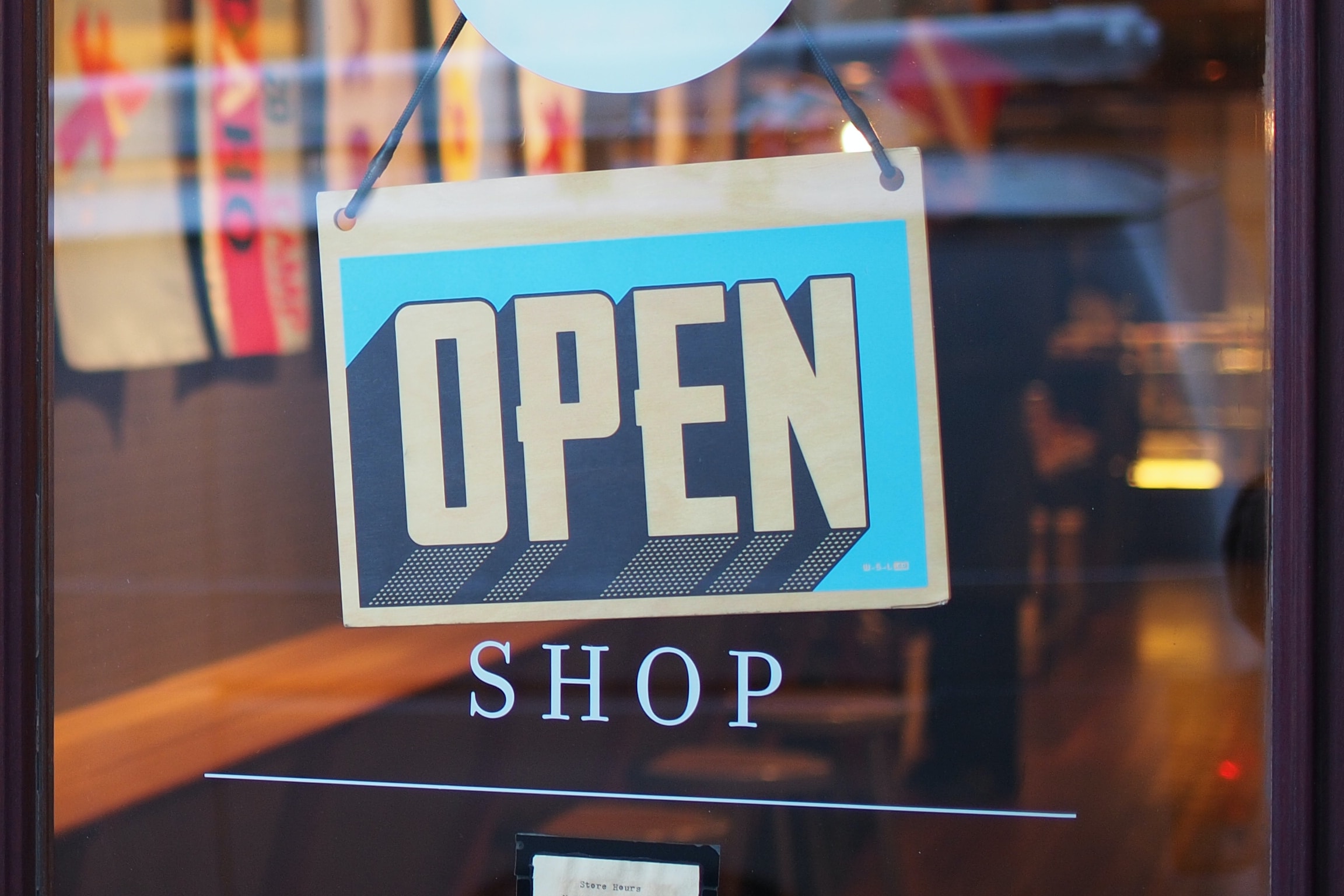Platforms, Marketplaces, and Channels
I remember being in the busy Dan Leininger & Sons General Store in Akron, IN. My grandfather was a son of one of the sons, and he was talking to everybody. The neighborly niceness was evident. Folks really did know one another. Payments are no longer sent to a raised office via a tube and track system. The store is long closed, though it was a staple in the community for decades.
Build it and they will come
Interpretation is important. It was far more important to buy quantities of products. Apparel required a size and color guesstimate. Local wares were common to general stores before the 21st century. Branding became a popular way to associate leadership in a product category. How many brands were introduced, by decade, in the past 80 years?
Today, the lure of participating in the commerce opportunities afforded by marketplaces and print on demand (POD) providers is here. It is clear the need to own equipment and inventory to support an assembly line is not needed to ship two or twenty items in a day. Or 50 items a day. Exploring POD does just that.
There are many channels through which to sell products. Custom products have a time-based limitation to widespread distribution. Sourced products can produce a viral winner, though not often. Amazon and Walmart watch the supply chain closely. They each have teams of people focused solely on keyword research for a given product or category or viral trend. When searching for a supplier, cloned products from new sites are seldom selected by them for further promotion.
Channels
Sales channels vary based on product type and reseller. Often, proving value in a target market is a good first step to building a larger business. Know that some people are happy with achieving a sales number that others consider paltry. Different strokes.
Affiliate – folks send interested parties to you
Marketing Rep – folks sell your product to resellers
Distribution network -folks sell hundreds or thousands of your products to resellers
Dealer Network – folks sell your products to users
Bundle – many products, including yours, are sold as a grouping to users
Direct Sales – you sell your products to users
Platforms
Your sales channels will indicate which platforms to explore. POD is a growing category. The number and variety of products is easily in the hundreds. New techniques are expanding a limited print area to all-over designs and patterns. The range of design moves POD from its early days of ‘haha’ phrases on t-shirts and mugs to an art form. Beautiful designs on apparel and wall art are sure to follow.
There are bunches of platforms and the description of each is open to interpretation based on your prism. The best platform is one in which you capture the email information from visitors and customers.
Etsy is the global marketplace for unique and creative goods. It’s home to a universe of special, extraordinary items, from unique handcrafted pieces to vintage treasures. Doilies and shelves quickly grew to a greatly focused group of makers. Then, digital products and inexpensive prints of clip art began to appear. Lots of culture mismatch occurred over several years. Etsy is a testing ground for keyword research. Resellers do not own their customers’ data.
Redbubble was born in 2006 in Melbourne, Australia. The dream was simple. Give independent artists a meaningful new way to sell their creations. Today, they connect over 700,000 artists and designers across the planet with millions of customers.
Artists create an account and upload imagery. Users choose the items and imagery that they desire. Redbubble has production and fulfilment agreements with vetted printers around the world. Users see dozens or thousands of similar artworks on the selected products. There is not a way to gather visitor or user information.
Fulfilled by Amazon (FBA) is a reselling relationship with Amazon where products are stored in and shipped from an Amazon Fulfillment Center. The quantity to be sent to their warehouses will be determined by Amazon. Most of their products are sold by small companies. Finding a product that gets attention to be an Amazon branded product or acquisition is unlikely, though FBA is nearly all small companies. Keyword research is vital to success.
Shopify is not a platform in the same grain as the aforementioned. Shopify’s huge value is the infrastructure that integrates POD providers, commerce application parts, and reseller domain names. Resellers are responsible for bringing visitors and customers to their sites. Organic traffic, email lists, and advertising are sources. Often, the destination is a page for a specific product with an immediate ordering option. Shopify makes the order process seamless to the fulfillment company. Branded shipping details are sent to your customer.
There are many angles to commerce. The supply chain is clear. Growth is likely for those who cater to a defined audience. Stores like Amazon and Dollar General only offer products and services that are proven, via data, to be in demand at a given time or location. Research is valuable for determining products to offer and niches to serve.
